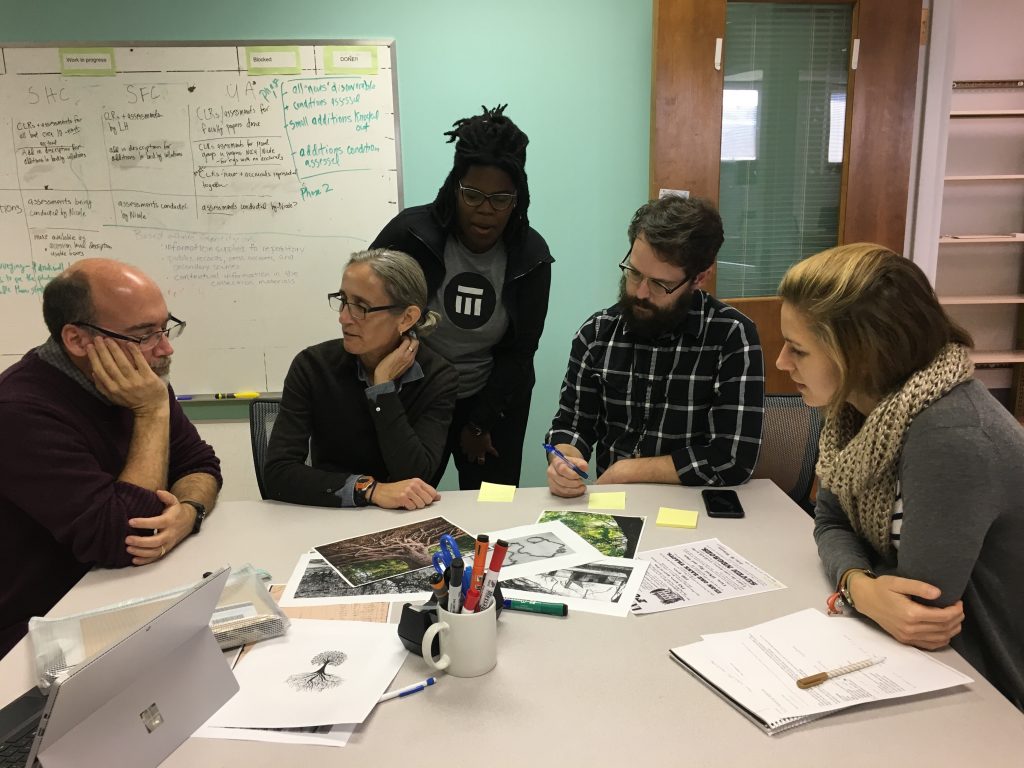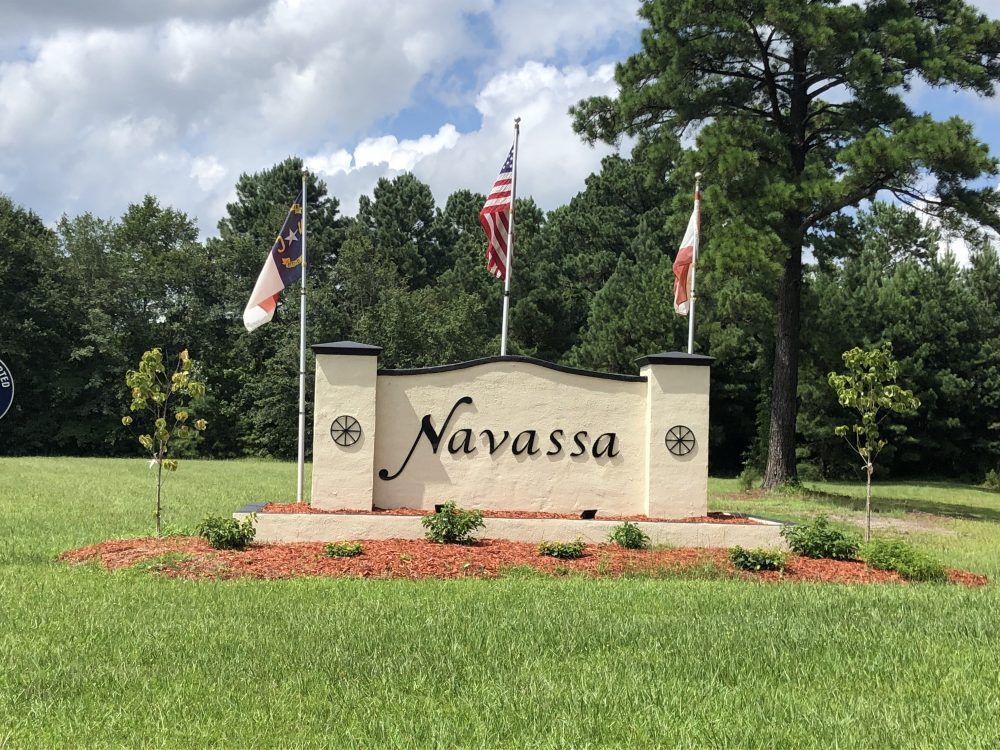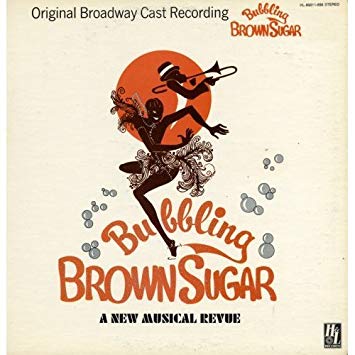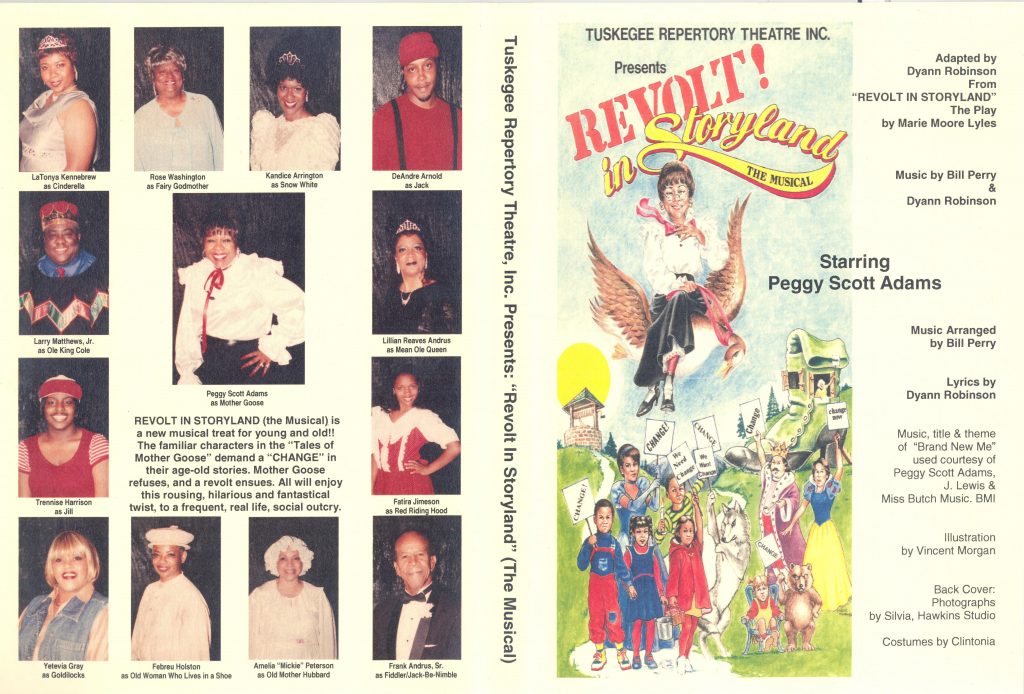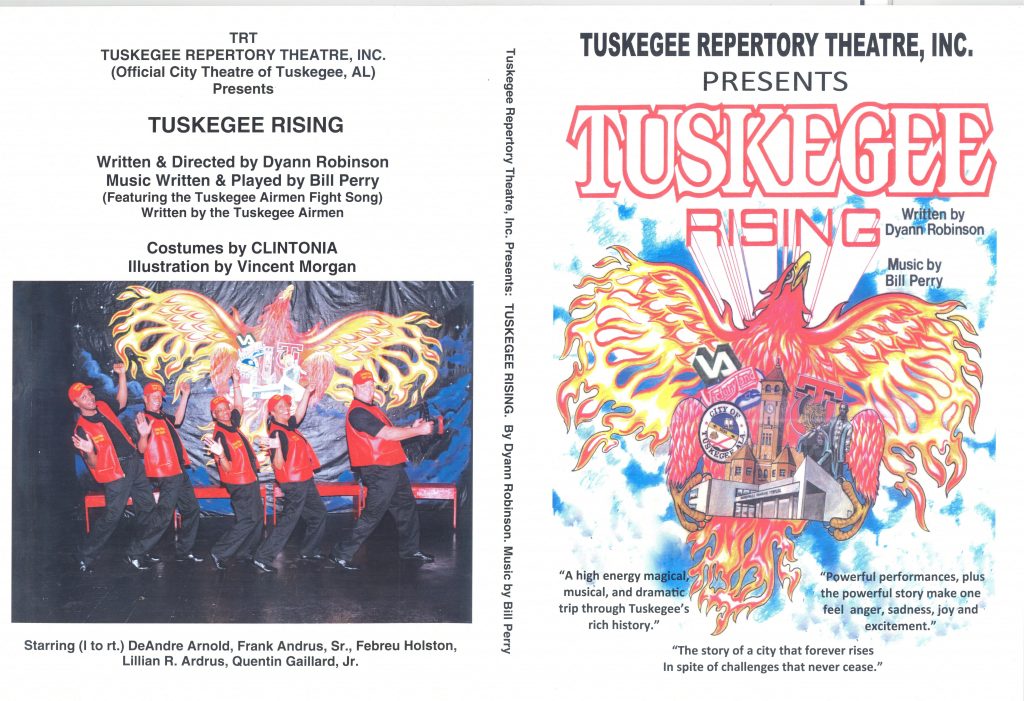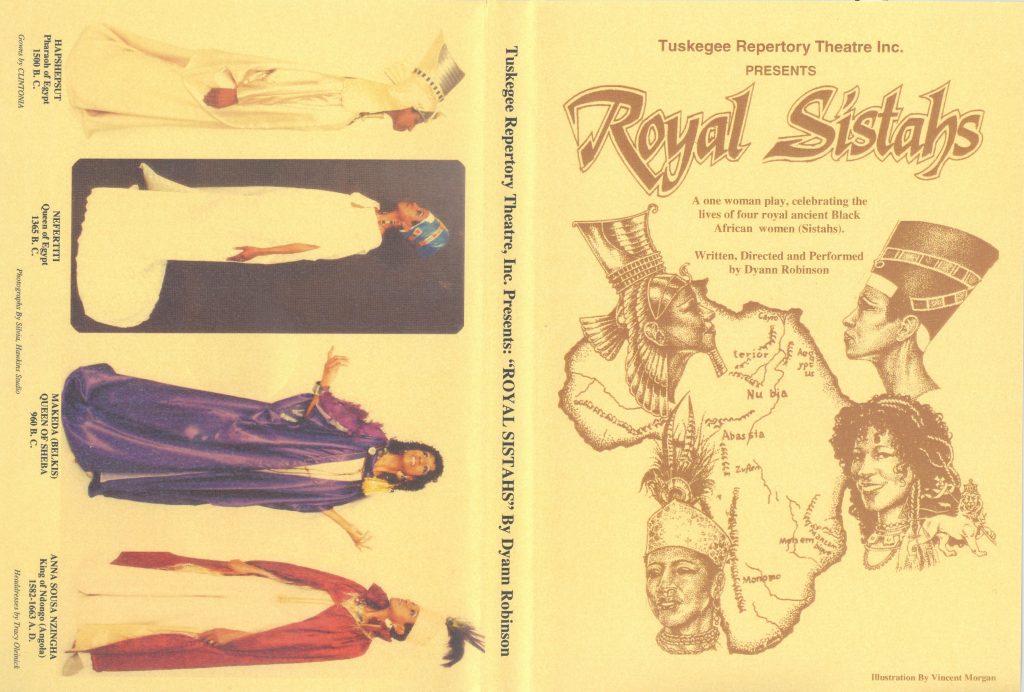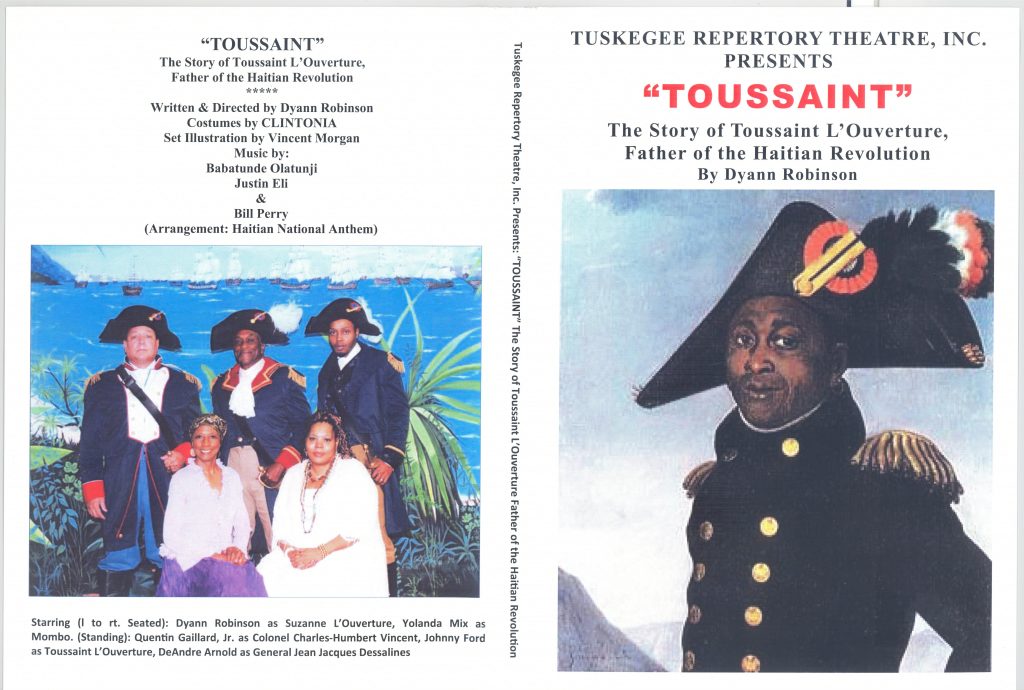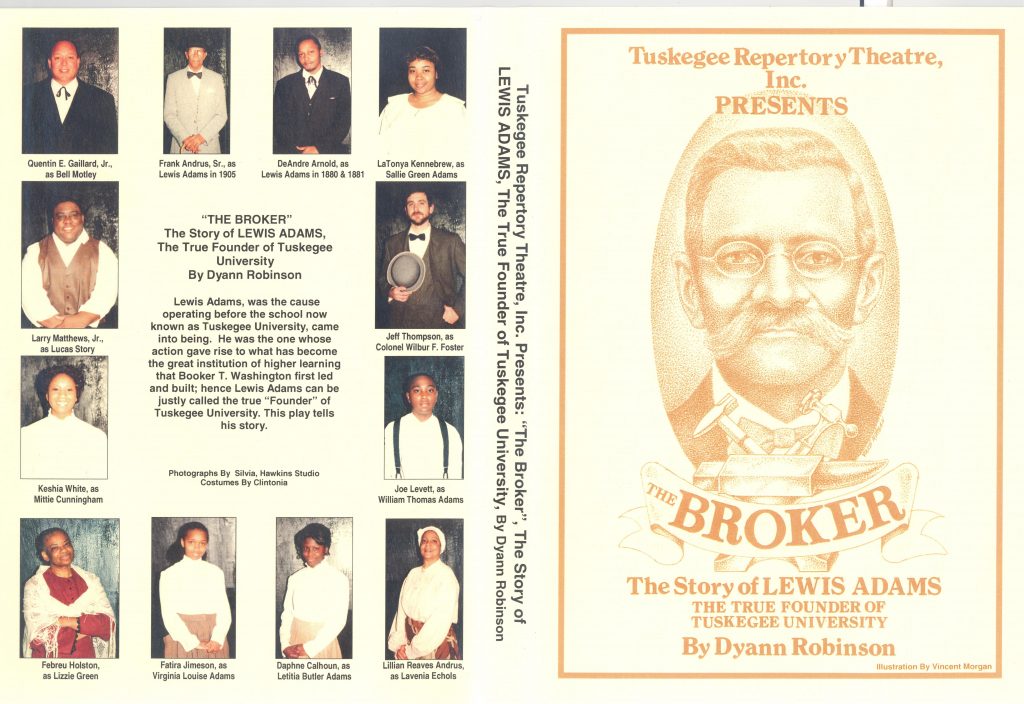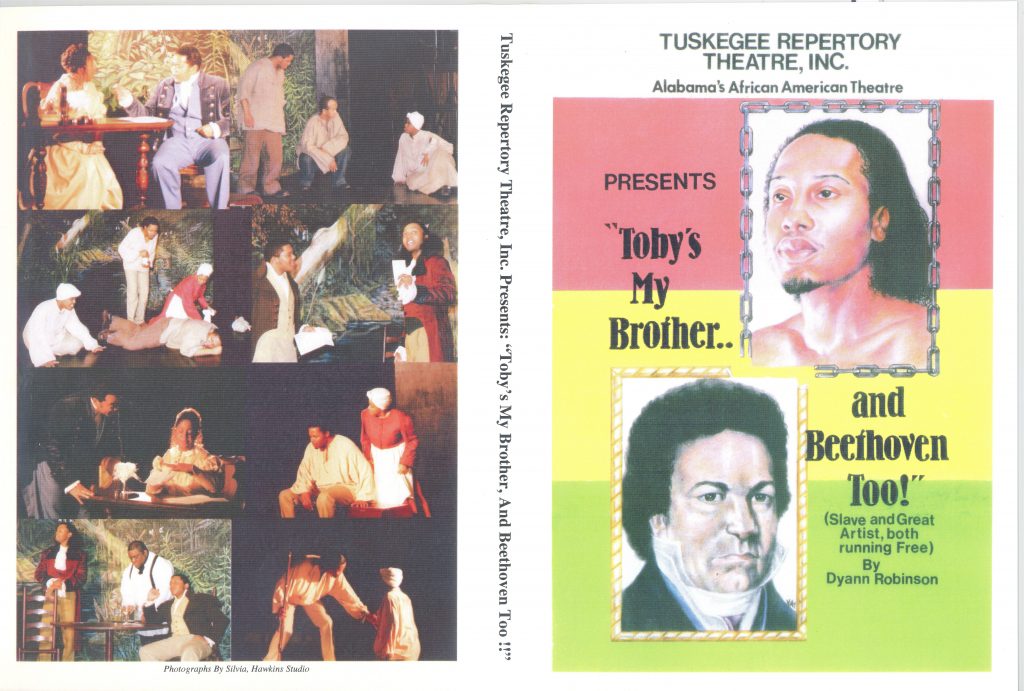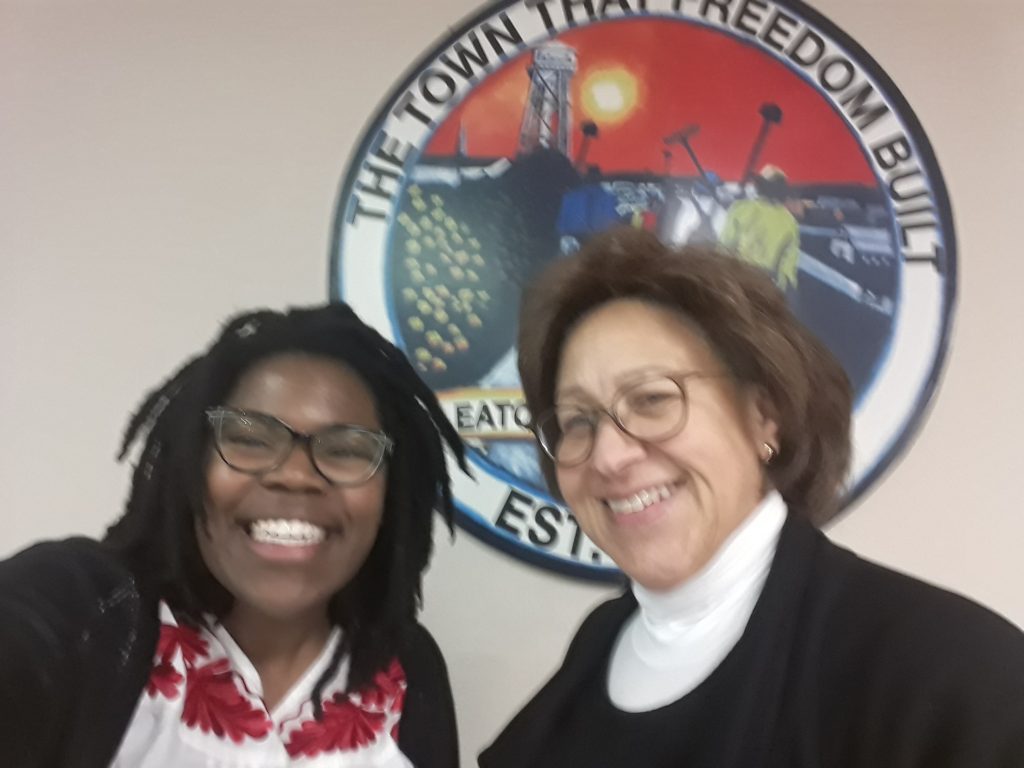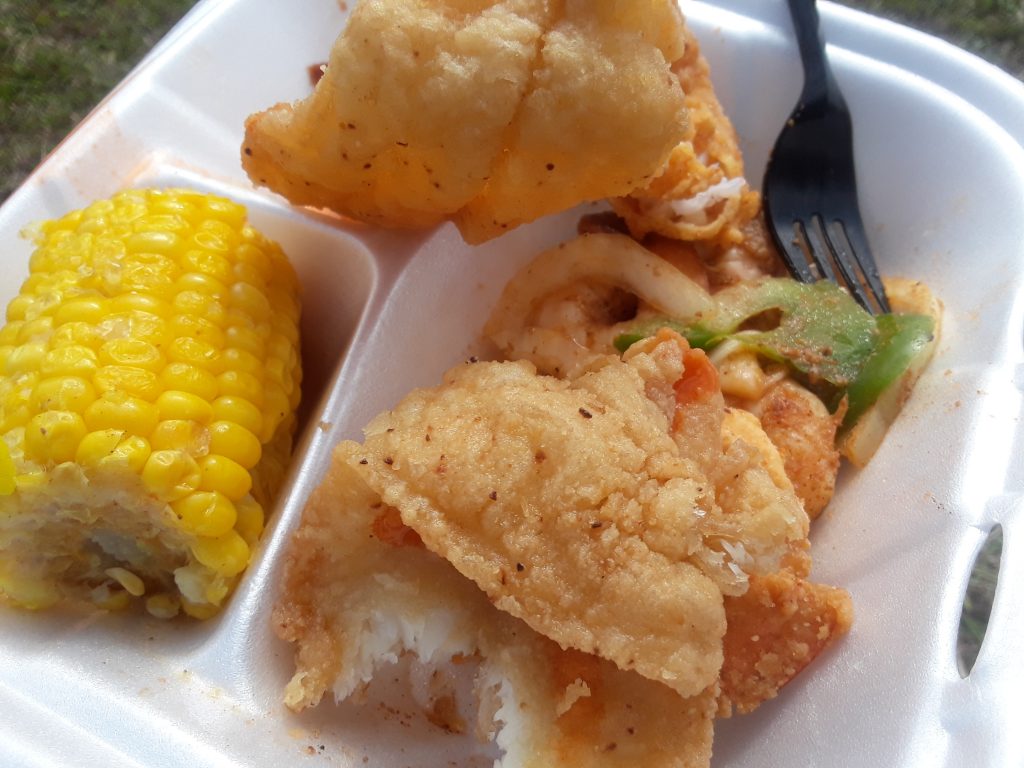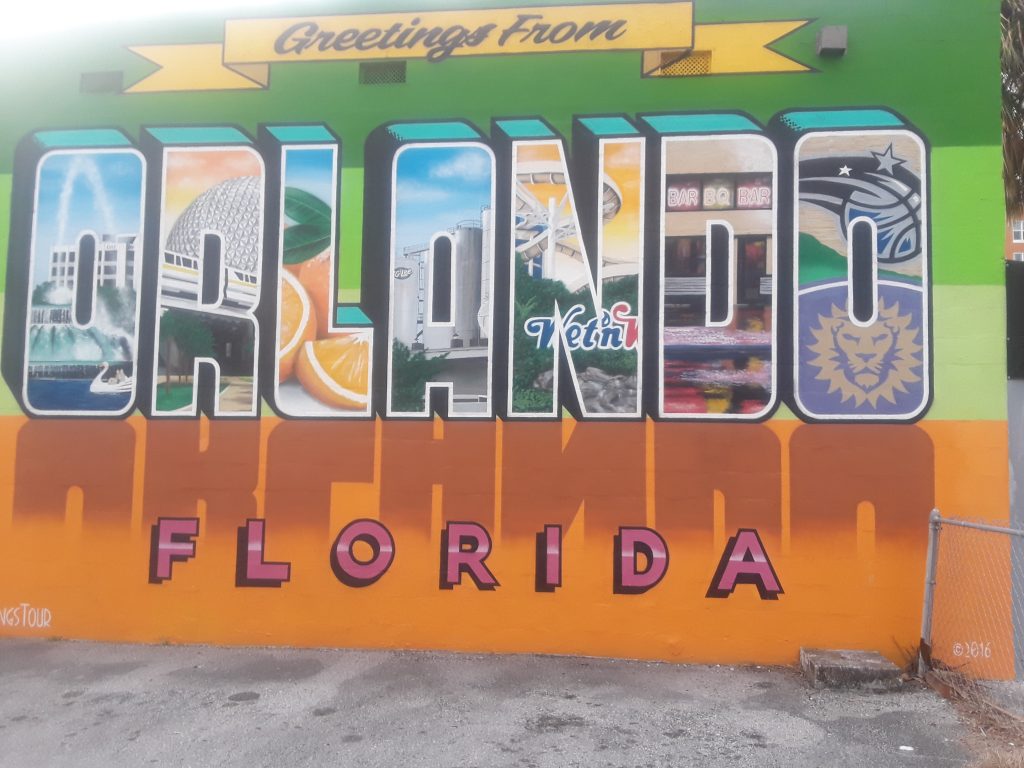These posts are written by Lydia Neuroth, a first year graduate student in the School of Information and Library Science and a 2018-2020 Carolina Academic Library Associate (CALA) for the Southern Historical Collection and Archival Technical Services.
This semester we launched a new project in Wilson Special Collections Library. Situated within Archival Technical Services and the Southern Historical Collection, my CALA project explores the ways people access (or don’t access) collections about slavery.
We recognize that we are one of many institutions who are thinking about barriers to access, particularly when it comes to records of the enslaved. For us, our biggest hurdle is how these materials are described in our finding aids. In many cases, we are dealing with collections that have been described years ago and suffer from a lack of identified slave related content, or description that is just downright discriminatory. University of Minnesota Libraries and Princeton University Archives (just to name two) have acknowledged these legacy issues of description and begun implementing strategies and solutions that surface materials previously difficult to discover through traditional keyword searches in their collections. We benefit from their efforts and transparency about their process. I spent a great deal of my first few weeks on this project scanning the field and culling scholarship on this topic. I have read more articles about finding aids than I care to admit. The literature is helpful for grounding us in the context of the archival field. It also helps us to compare and contrast our particular issues to those of other institutions.
Many institutions have partnered with teams in the digital humanities field to create digital databases or other web platforms that circumvent (for the most part) issues that are inherent to finding aids.I consider projects like UNC-Greensboro Libraries’ Digital Library on American Slavery and Maryland State Archives’ Legacy of Slavery in Maryland some of the more robust examples offering multiple portals and access to thousands of documents about slavery in their collections. The Virginia Historical Society’s Unknown No Longer Project has existed in some capacity since the 90s, and their online database was created in 2011. These projects are impressive and interesting. Many researchers have praised their capabilities of aggregating similiar information into a single access point. Unfortunately, they don’t offer the solutions we need for some of our more specific problems. Our manuscript collections are varied in content and format type. Letters, diaries, and wills don’t lend themselves to easy data collection in the ways that court records or runaway slaves ads do. It is challenging to boil down our material into data points that can be searched within a database. It is forcing us to think outside the box, literally and figuratively!
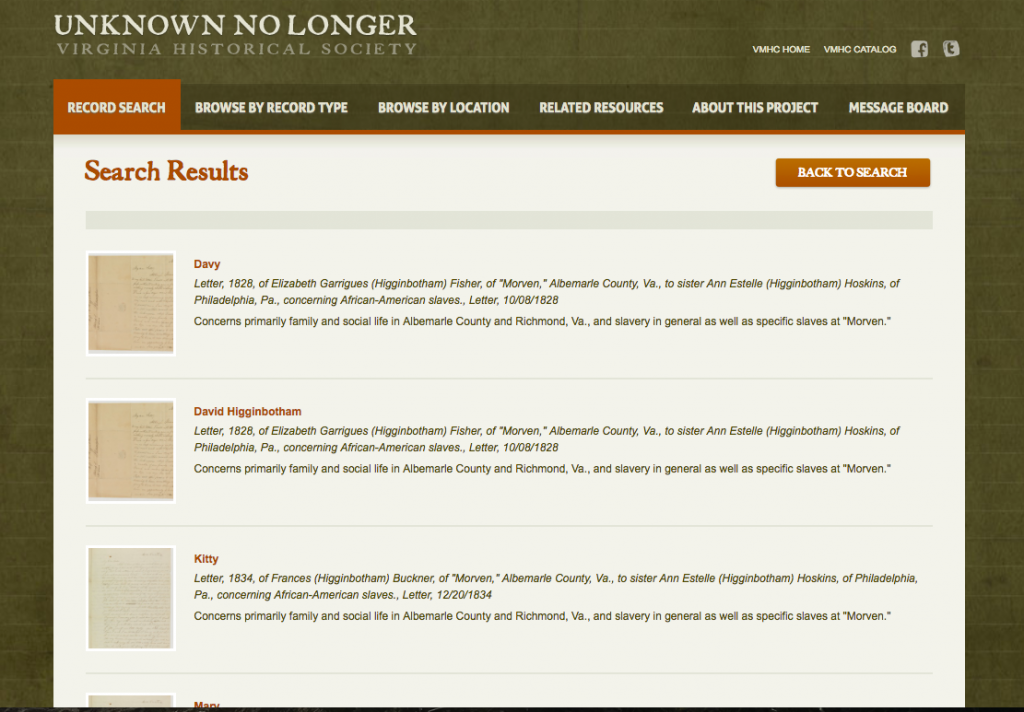
In order to be successful, our project must be rooted in understanding our users and their various needs. Many people use our collections including undergraduates, graduates, faculty, scholars, genealogists, community members, and library staff. Some of them have been using archival finding aids for years, others have never stepped foot in a special collections library. We are asking ourselves: how do we build a system that is useful to each of these constituencies and their differing needs? Do we focus on one group? Or do we try to accommodate them all?
Most of our work is conducted behind the scenes therefore we rely heavily on the expertise of our research and instructional team who staffs our reading room. Our conversations with them have illuminated one group on which to focus: undergraduates. We’re thinking through ways to include them in our understanding of barriers to access. Survey-style questionnaires, focus groups, one-one-one interviews, and usability studies are just some of the research methods we’ve discussed. We’re interested in gaining feedback on specific challenges they’ve encountered in the reading room or online. User feedback is an important component to this project we want to be intentional about how we listen.
To be honest, we have not yet defined an outcome of this project. The last semester was so very exploratory: understanding our collection, understanding our users, and understanding what has already been done in the field. In many ways, we are still struggling to wrap our own minds around the problems and how we can address them through practical, sustainable methods. Ultimately, we hope that our investigation will inform a comprehensive solution that will address multiple barriers to accessing these materials whether they be description, primary source literacy, physical access, or anything else that limits a user’s ability.
That’s a lot to cover, and it’s only the highlights. Perhaps I’ll wrap up by reflecting on our experience choosing a title for this project. We gathered several images and asked a few Wilson colleagues to describe words or phrases that came to mind. As project leaders, we remained in the background and listened while our peers meditated on the heaviness that is the reality of American slavery. It was a powerful exercise. We compiled a list of these phrases and extracted four potential titles. To gather further input, we circulated our top four choices among the entire Wilson Library staff and asked them to choose their favorite. The result? Untangling the Roots.
